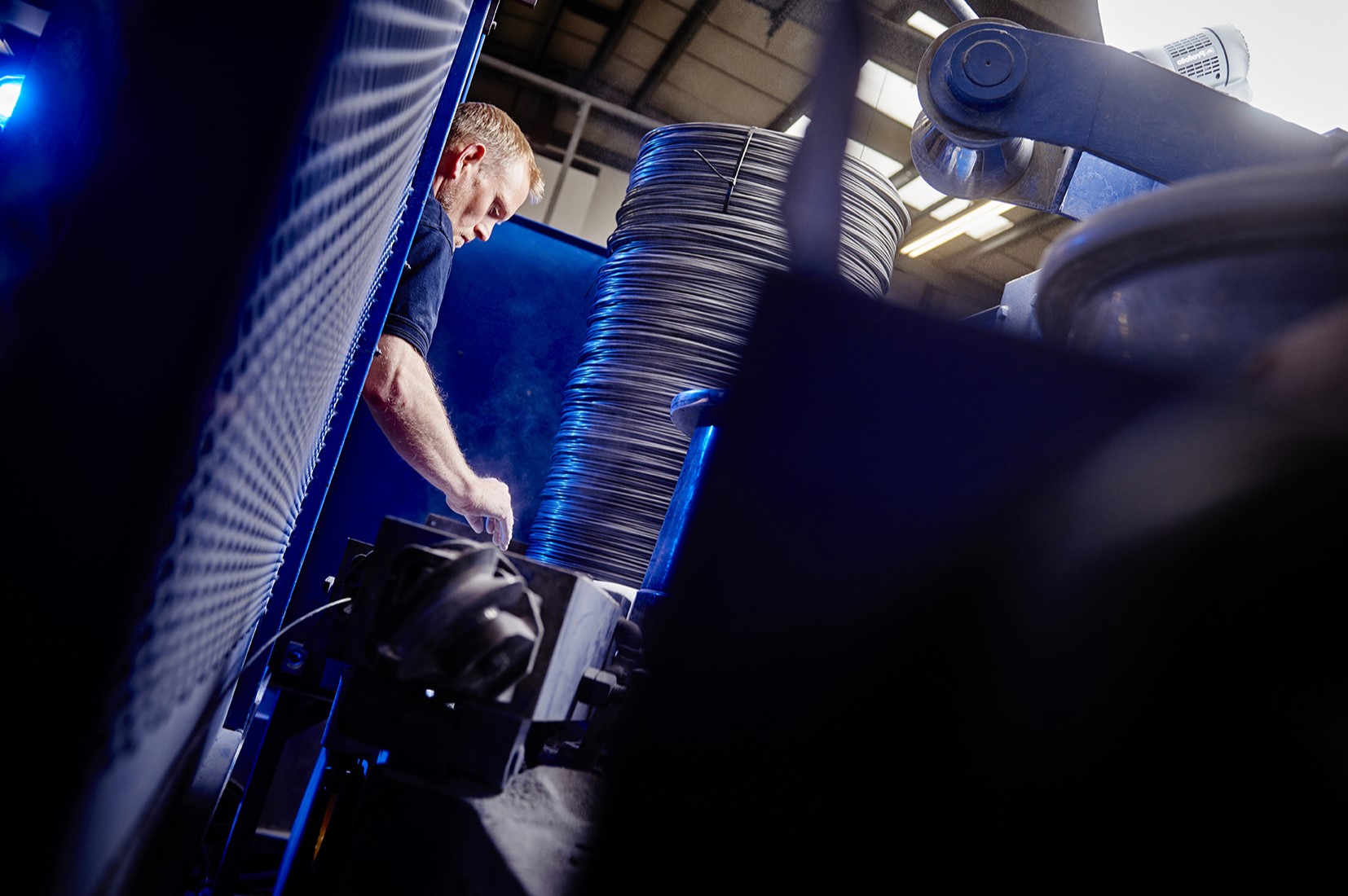
Inconel 686 is a high-performance alloy known for its exceptional resistance to corrosion and high temperatures. But what makes it so special? Inconel 686 stands out due to its unique composition, which includes nickel, chromium, and molybdenum. This combination gives it unparalleled durability in harsh environments. Whether you're dealing with chemical processing, pollution control, or marine applications, this alloy can handle it all. Curious about its other features? Inconel 686 also boasts excellent weldability and fabricability, making it a favorite among engineers and manufacturers. Ready to dive deeper? Let's explore 30 fascinating facts about this remarkable material!
Key Takeaways:
- Inconel 686 is a superalloy with exceptional resistance to corrosion and high temperatures. It's used in chemical plants, power generation, and the oil and gas industry due to its durability and strength.
- Inconel 686's high cost, limited availability, and challenging machining and welding make it a preferred choice for specific applications. Its environmental impact is positive, but recycling can be complex and costly.
What is Inconel 686?
Inconel 686 is a superalloy known for its exceptional resistance to corrosion and high temperatures. It's widely used in industries where durability and strength are crucial. Here are some fascinating facts about this remarkable material.
-
Inconel 686 is a nickel-chromium-molybdenum alloy designed for outstanding corrosion resistance.
-
It contains approximately 58% nickel, which contributes to its excellent performance in harsh environments.
-
The alloy also includes about 20% chromium, enhancing its resistance to oxidation and scaling.
-
Molybdenum, present at around 16%, provides additional strength and resistance to pitting and crevice corrosion.
Applications of Inconel 686
This superalloy finds its place in various demanding applications. Let's explore where Inconel 686 is commonly used.
-
Inconel 686 is extensively used in chemical processing plants due to its resistance to corrosive chemicals.
-
It's a popular choice for flue gas desulfurization systems, which remove sulfur dioxide from exhaust gases.
-
The oil and gas industry relies on Inconel 686 for equipment exposed to harsh offshore environments.
-
Power generation plants use this alloy in components like gas turbines and heat exchangers.
Properties of Inconel 686
The unique properties of Inconel 686 make it stand out among other materials. Here are some key characteristics.
-
Inconel 686 has a melting point of around 1,350°C (2,462°F), making it suitable for high-temperature applications.
-
It exhibits excellent mechanical properties, including high tensile strength and toughness.
-
The alloy maintains its strength and stability even at elevated temperatures.
-
Inconel 686 is highly resistant to stress corrosion cracking, a common issue in many alloys.
Manufacturing and Processing
Creating and working with Inconel 686 involves specialized techniques. Let's delve into its manufacturing and processing.
-
Inconel 686 can be manufactured using standard industrial processes like casting and forging.
-
The alloy is often cold-worked to enhance its mechanical properties.
-
Heat treatment processes, such as annealing, are used to relieve stresses and improve ductility.
-
Welding Inconel 686 requires expertise, as it can be challenging due to its high nickel content.
Advantages of Inconel 686
Why choose Inconel 686 over other materials? Here are some advantages that make it a preferred choice.
-
Its exceptional corrosion resistance extends the lifespan of components, reducing maintenance costs.
-
The alloy's high-temperature stability ensures reliable performance in extreme conditions.
-
Inconel 686's mechanical strength allows for the design of thinner, lighter components without sacrificing durability.
-
Its resistance to oxidation and scaling minimizes surface degradation over time.
Challenges and Considerations
While Inconel 686 offers many benefits, there are some challenges and considerations to keep in mind.
-
The high cost of raw materials makes Inconel 686 more expensive than other alloys.
-
Machining the alloy can be difficult due to its hardness and toughness.
-
Specialized welding techniques are required to prevent cracking and ensure strong joints.
-
Availability of Inconel 686 can be limited, leading to longer lead times for procurement.
Environmental Impact
Considering the environmental impact of materials is crucial. Here's how Inconel 686 fares in this regard.
-
Inconel 686's durability reduces the need for frequent replacements, minimizing waste.
-
The alloy's resistance to corrosion helps prevent leaks and spills in chemical processing plants.
-
Its high-temperature stability contributes to energy efficiency in power generation applications.
-
Recycling Inconel 686 is possible, although the process can be complex and costly.
Future of Inconel 686
What does the future hold for Inconel 686? Let's look at potential developments and trends.
-
Advances in manufacturing techniques may reduce production costs, making the alloy more accessible.
-
Ongoing research aims to enhance the alloy's properties, further expanding its range of applications.
The Final Word on Inconel 686
Inconel 686 stands out due to its corrosion resistance, high-temperature strength, and durability. This nickel-chromium-molybdenum alloy is a go-to for industries needing reliable performance in extreme conditions. From chemical processing to marine applications, its versatility is unmatched. Engineers and designers favor it for its ability to withstand harsh environments without compromising integrity.
Understanding these key facts about Inconel 686 can help you appreciate its role in modern technology. Whether you're a student, a professional, or just curious, knowing more about this material can be quite enlightening. It’s not just another metal; it’s a crucial component in many advanced systems. So next time you encounter a challenging environment, remember Inconel 686 might just be the solution you need.
Frequently Asked Questions
Was this page helpful?
Our commitment to delivering trustworthy and engaging content is at the heart of what we do. Each fact on our site is contributed by real users like you, bringing a wealth of diverse insights and information. To ensure the highest standards of accuracy and reliability, our dedicated editors meticulously review each submission. This process guarantees that the facts we share are not only fascinating but also credible. Trust in our commitment to quality and authenticity as you explore and learn with us.
